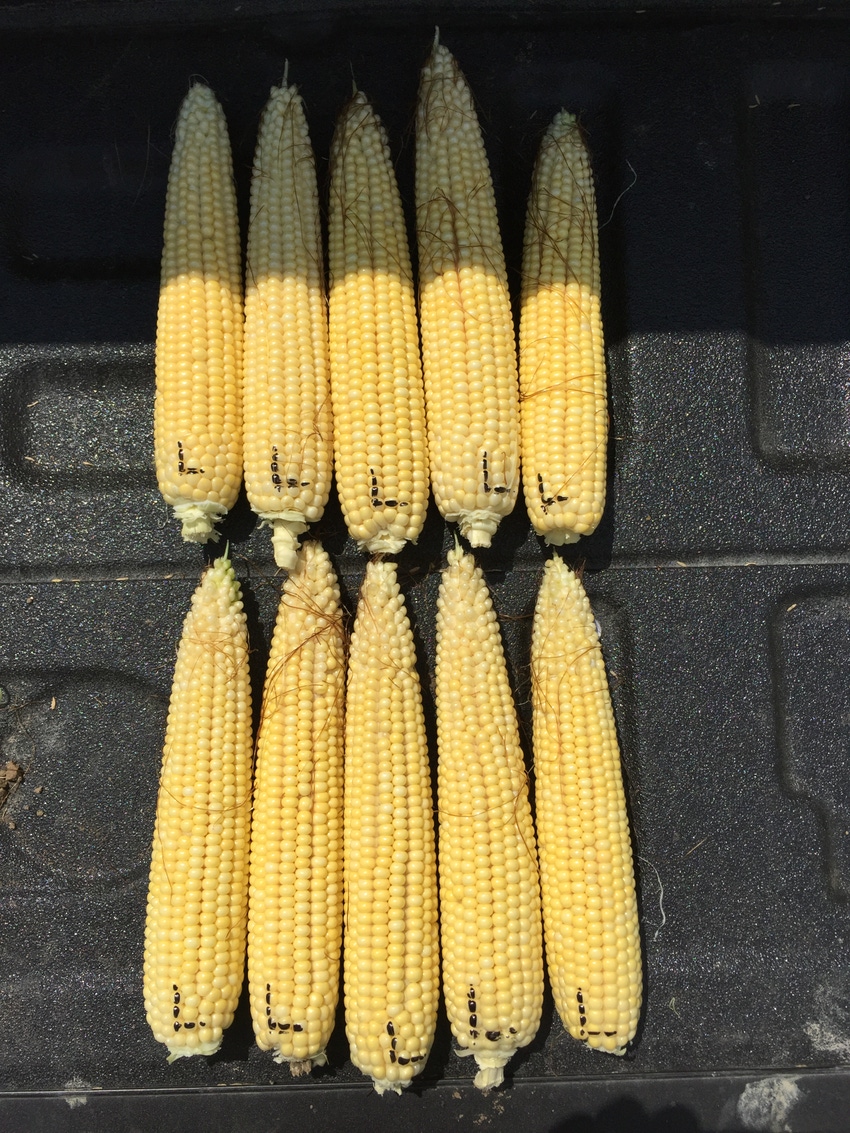April 7, 2017

Think Different
Terry Boone is cautious when she considers any new product, even one with positive results like Proximus. She follows simple rules before adopting any product across her farm.
Conduct side-by-side trials and compare with your current program across your different soils.
Evaluate return on investment.
Consider other benefits such as soil health, safety and the environment.
------------
The bright green color on Terry Boone's yield map pinpointed exactly where the 25-acre test plot of a new product was applied last spring. While the rest of the 120-acre cornfield showed a mix of yellows and reds, those test acres glowed green, indicating high yield.
"It stuck out like a sore thumb," says Boone, who farms 1,200 acres of corn and soybeans in central Indiana. "We harvested a little early as the rest of the field was going down, but stalks in the test plot were standing fine with better girth and strength."
Boosts microbes and yield
The product was Proximus from Actagro. Applied at two gallons per 100 units of liquid nitrogen, the carbon-based liquid stimulates soil microbial uptake of soil nitrate, retaining N in the microbial life cycle until the crop can use it. The mechanism practically eliminates N leachate, improves N uptake by the crop and improves soil health, according to the company. While all of that is important to Boone, it is the end result that has her anxious to expand her evaluation of the fertilizer additive.

Boone applied the Proximus at half rate, full rate and rate and a half with 100 units of 28 percent over the top at planting, later sidedressing another 80 units of 28 percent.
"When we ran the combine through the plot, the yield monitor showed an increase of about 16 bushels an acre over the control on the rate and a half application, 11 bushels on the full rate and eight bushels on the half rate," says Boone. "At the $3.75 per bushel corn price we get in this area, the rate and a half returned between $35 and $38 an acre over the control."
The focus of the product is to stabilize that initial nitrogen so it is not lost before the plant can utilize it, explains John Breen, director, Research and Development, Actagro.
"Proximus is a combination of labile and refractory carbon-based substances that stimulate microbial growth to take up the N, creating a stabile reservoir in the microbes," says Breen.
The more biologically active the soil, the better able it is to respond to an influx of nitrogen. However, the carbon in Proximus "primes the pump" of microbes in the soil.
Less leaching
As microbes die, water-soluble nutrients are released and one of two things occurs. If the crop has emerged and needs nutrients, they are quickly taken up by root hairs. However, if the crop hasn’t reached a fast growth stage, the nutrients are taken up by a fresh crop of microbes and secured from loss. Leachate studies have shown no statistical difference between soils with 100 lbs. of N plus Proximus and soils with no applied N, while N applied without Proximus suffered significant leaching.
"The mineralized N goes from the microbial pool to the crop pool," says Breen. "Our research suggests an additional 28 pounds of N are retained from leaching as measured in total N in the crop at harvest. One effect is more kernels in the row, which translates into 12 to 15 percent more yield."
Boone is anxious to do more trials this season. "Typically we use Instinct with our N, but we didn't in the trial," she says. "We'll be doing side-by-sides with Instinct and Proximus this year. Our fields range from spots of extreme tilth to gray clay. We hope Proximus will help balance the soils."
About the Author(s)
You May Also Like




